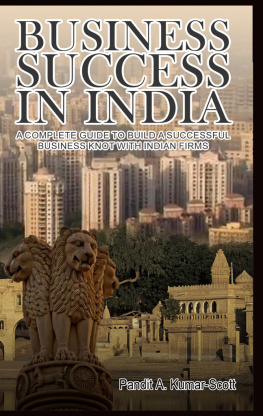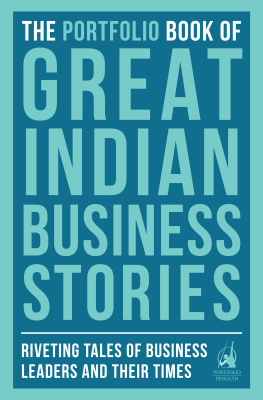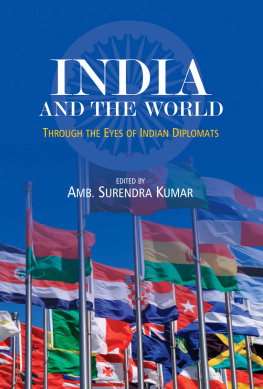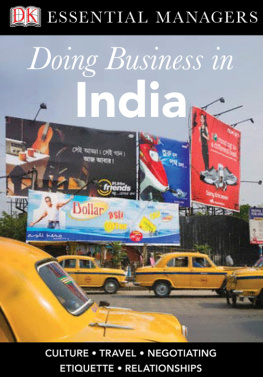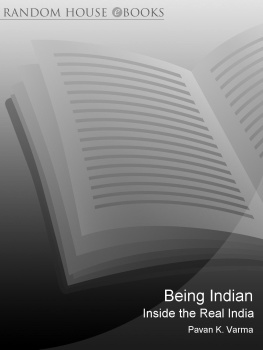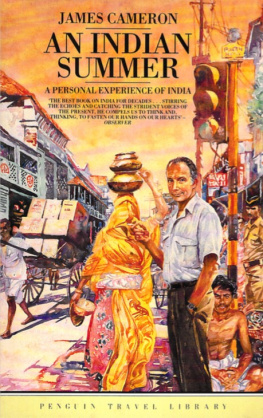Bibliografische Information der Deutschen Nationalbibliothek:
Die Deutsche Nationalbibliothek verzeichnet diese Publikation in der Deutschen Nationalbibliografie; detaillierte bibliografische Daten sind im Internet ber www.dnb.de abrufbar.
2020, Pandit A. Kumar-Scott, 2nd Edition
Herstellung und Verlag: BoD Books on Demand GmbH, Norderstedt
ISBN: 978-3-7494-0569-5
Introduction
By using this book, you accept this disclaimer in full.
No advice
The book contains information. The information is not advice and should not be treated as such.
No representations or warranties
To the maximum extent permitted by applicable law and subject to section below, we exclude all representations, warranties, undertakings and guarantees relating to the book.
Without prejudice to the generality of the foregoing paragraph, we do not represent, warrant, undertake or guarantee:
- that the information in the book is correct, accurate, complete or non-misleading.
- that the use of the guidance in the book will lead to any particular outcome or result.
Limitations and exclusions of liability
The limitations and exclusions of liability set out in this section and elsewhere in this disclaimer: are subject to section 6 below; and govern all liabilities arising under the disclaimer or in relation to the book, including liabilities arising in contract, in tort (including negligence) and for breach of statutory duty.
We will not be liable to you in respect of any losses arising out of any event or events beyond our reasonable control.
We will not be liable to you in respect of any business losses, including without limitation loss of or damage to profits, income, revenue, use, production, anticipated savings, business, contracts, commercial opportunities or goodwill.
We will not be liable to you in respect of any loss or corruption of any data, database or software.
We will not be liable to you in respect of any special, indirect or consequential loss or damage.
Exceptions
Nothing in this disclaimer shall: limit or exclude our liability for death or personal injury resulting from negligence; limit or exclude our liability for fraud or fraudulent misrepresentation; limit any of our liabilities in any way that is not permitted under applicable law; or exclude any of our liabilities that may not be excluded under applicable law.
Severability
If a section of this disclaimer is determined by any court or other competent authority to be unlawful and/or unenforceable, the other sections of this disclaimer continue in effect.
If any unlawful and/or unenforceable section would be lawful or enforceable if part of it were deleted, that part will be deemed to be deleted, and the rest of the section will continue in effect.
Law and jurisdiction
This disclaimer will be governed by and construed in accordance with Swiss law, and any disputes relating to this disclaimer will be subject to the exclusive jurisdiction of the courts of Switzerland.
Table of Contents
Introduction
Doing business with India includes buying goods and services from India or selling things to the Indian consumer. India is ranked 142 on the Ease of Business index, out of 189 economies included in the rating. The country rated number one in the index is Singapore. From this figure, it is easy to understand that it is quite difficult for a foreign company to do business in India.
Despite such a scenario, even presently, many companies have been doing business successfully in India. These include companies like Unilever, Nestle and Procter and Gamble to name a few. Unilever is a U.K. based company operating on the Indian soil through its Indian subsidiary, Hindustan Lever.
The Indian government had been following a closed door policy, for more than 40 years after independence. This was mainly to give a chance to the local industries, to develop without rivalry and competition from external forces. The domestic trade and industry at that time was in the infancy stage and did not possess the strength to race against participants from other developed economies.
However, at present, especially after the opening up of the economy in 1991, the business climate has improved a lot. Now, a number of foreign countries are eyeing India as a safe haven to multiply their money because of the developmental activities initiated, like construction of smart cities.
License raj
Prior to 1991, there was License Raj in India, which was characterized by excessive government control in all areas. This was influenced by the British rule under which India had been suffering. The autocratic nature of the oppressive rulers was carried down by the policy makers to shape the country. Immediately after the Indian independence in 1947, such regulatory measures implemented by the government were helpful to encourage the growth of local industries, by eliminating excessive struggle. The cottage industries of the nation benefitted enormously as a result of these policy regulations.
Jawaharlal Nehru, the first prime minister of India was the pioneer of the system where private people needed official government licenses to manufacture goods and products. The amount of goods produced did not depend upon the free market forces but upon the level of permission got. A planning commission was set up and there it was decide based on 5 year plans, what path the economy and the nation would take and how the country would progress. Although in the beginning this structure and method led to development and stability, going forward, trade was restricted and slow. In later stages, moreover, this only led to, the companies becoming complacent and non-competitive.
Basically, the Indian subcontinent had been ravaged by the invasion of the Portuguese, Dutch and British who finally overthrew everyone else and established the East India Company. It was the British who brought in the iron and steel industry, railways and textile industry into the country. Where India was predominantly an agro based country, slowly owing to the influence of the westerners, people started giving importance to education.
This educated middle class preferred a democratic system of government. The democracy continued and over the years people voted in favor of fiscal reforms. Thus the foundation was laid for an open market economy where the state control would be restricted to only minimal.
Seeing the examples of other countries like Singapore and Thailand, which zoomed ahead in the economic front after liberalization, the government of India also decided in favor of the move. Previously, the import duties and tariffs were extremely high, which created difficulty for the imported goods to reach the ultimate consumer. The main aim of the government of India, at that time was to squash imports and foster only the domestic trade and industry.
With the monetary and fiscal reforms of 1991 however, these regulations were relaxed which made it easier for foreign direct investment to flow into India. Say, for example, a company manufacturing and selling in the U.S. wants to open a factory in India and sell its goods there, that is foreign direct investment. The company will obviously need to construct a manufacturing facility within the nation and also make arrangements for the necessary machinery, to start production in earnest. The U.S. Company forms a joint venture with an Indian subsidiary and starts business in India. This is exactly what is meant by FDI. A liaison office or branch office can also be opened through which business can be conducted in India.
FII is the term used when a foreign national invests in the Indian stock market. Where FDI results in an increase in employment opportunities and the GDP of India, FII pumps more money and capital into the country.
Next page
